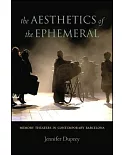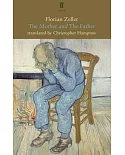"Henrik Ibsen’s plays came at a pivotal moment in late nineteenth-century European modernity. They engaged his public through a strategic use of metaphors of house and home, which resonated
with experiences of displacement, philosophical homelessness, and exile. The most famous of these metaphors - embodied by the titles of his plays A Doll’s House, Pillars of Society, and The
Master Builder - have entered into mainstream Western thought in ways that mask the full force of the reversals Ibsen performed on notions of architectural space. Analyzing literary and
performance-related reception materials from Ibsen’s lifetime, Mark B. Sandberg concentrates on the interior dramas of the playwright’s prose-play cycle, drawing also on his selected poems.
Sandberg’s close readings of texts and cultural commentary present the immediate context of the plays, provide new perspectives on them for international readers, and reveal how Ibsen became a
master of the modern uncanny"--





















